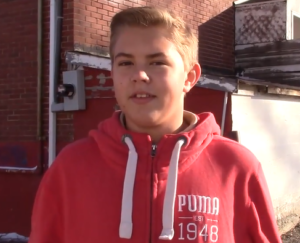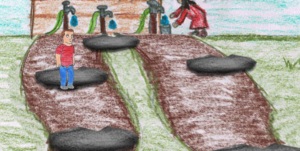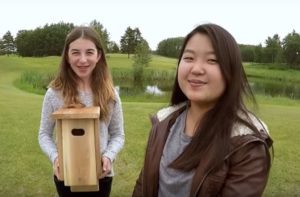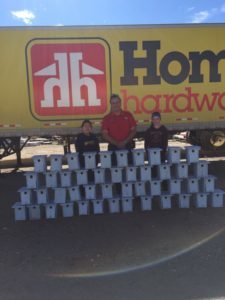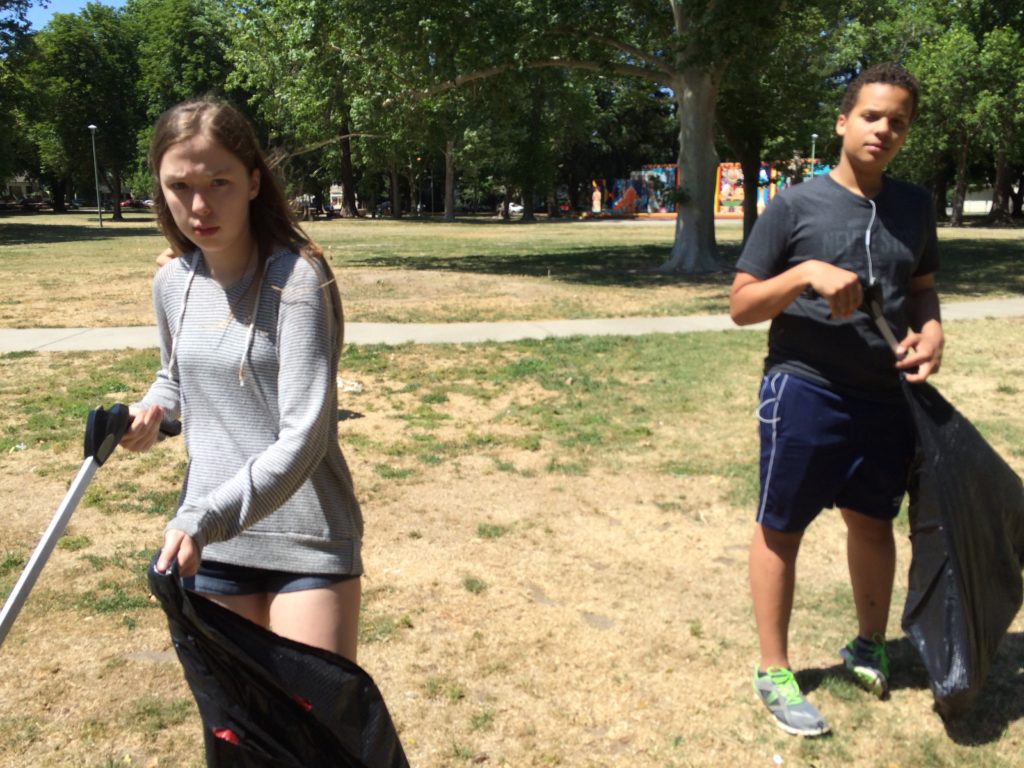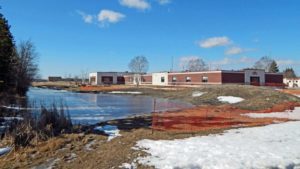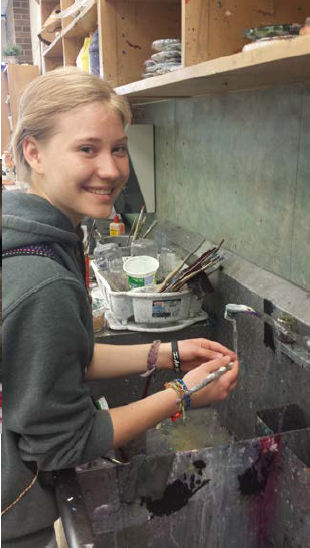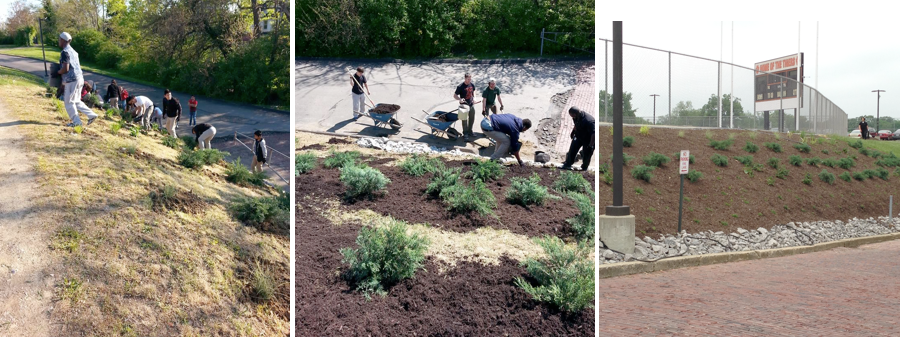2015 Berthoud, Colorado, USA
On average Berthoud High School uses 15,000 water bottles a year. This is a huge waste of 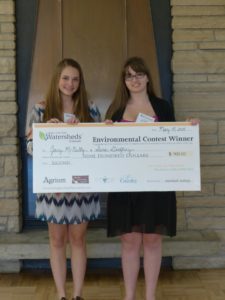 plastic. These students’ felt that as a high school, they could take the lead and be a role-model for the community by getting rid of plastic water bottles. Their proposition to reduce the amount of litter in their local watershed was to install a water bottle refill station in Berthoud High School. With this new refill station, students and staff are able bring in their own water bottles and refill them with clean, filtered water throughout the day in order to reduce the amount of plastic water bottles that they buy as an alternative. These bottles are often thrown away instead of recycled, meaning they end up in landfills, and thus pollute the watershed.
plastic. These students’ felt that as a high school, they could take the lead and be a role-model for the community by getting rid of plastic water bottles. Their proposition to reduce the amount of litter in their local watershed was to install a water bottle refill station in Berthoud High School. With this new refill station, students and staff are able bring in their own water bottles and refill them with clean, filtered water throughout the day in order to reduce the amount of plastic water bottles that they buy as an alternative. These bottles are often thrown away instead of recycled, meaning they end up in landfills, and thus pollute the watershed.
Before the water bottle refill station was installed, the school was selling up to 300 plastic bottles of water per day. Many of these bottles ended up in the trash bins rather than being recycled. With the new refill station, the students’ hope that water bottle sales will be a fraction of what they were in the past because more people will be choosing the reusable option. If all of the schools in the district installed these refill station, it would keep a monumental amount of plastic out of landfills and out of watersheds.

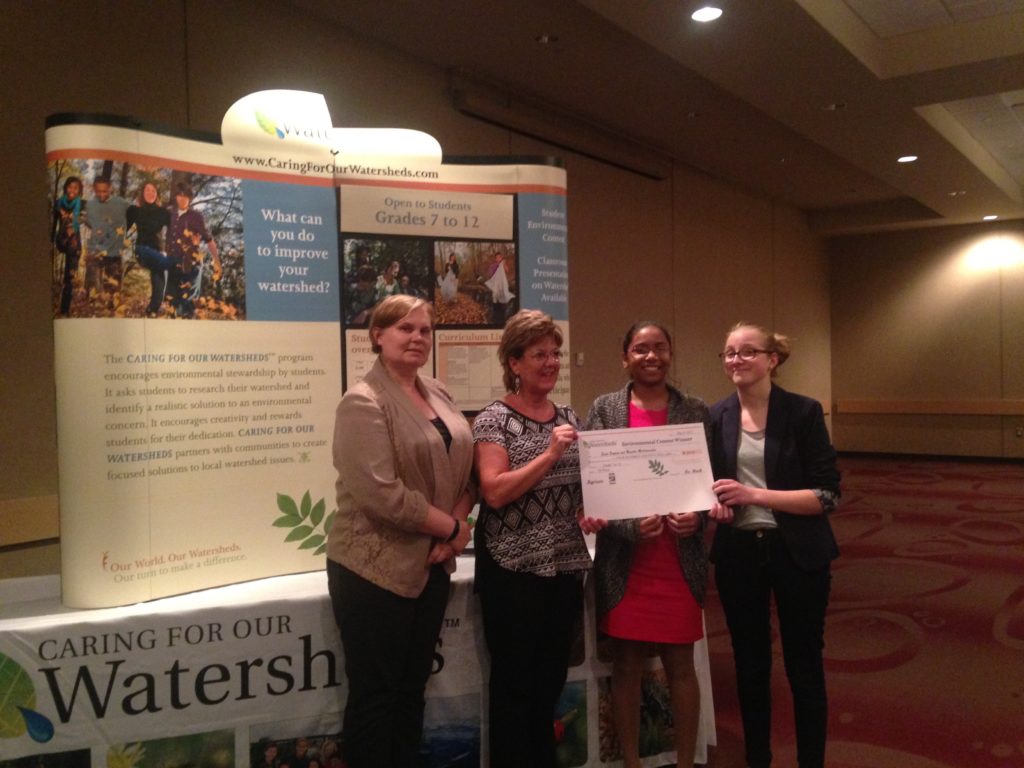 tolerant plants only require the intermittent rain that falls through Saskatoon’s summers!
tolerant plants only require the intermittent rain that falls through Saskatoon’s summers!
